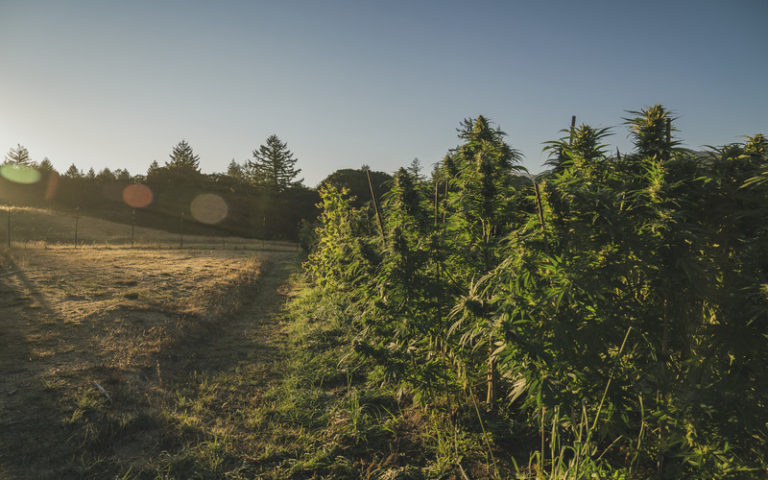
[ad_1]
As famed conservationist Steve Irwin once said, “We don’t own the planet Earth, we belong to it. And we must share it with our wildlife.” When it comes to cannabis cultivation, wildlife management may not be the first concern that comes to mind.
Yet agriculture of any kind often takes a toll on watersheds, soil health, and habitat biodiversity. Fortunately, new organizations and technologies are emerging to mitigate damage and help create a more sustainable cannabis industry.
Humboldt County, California has been an epicenter of cannabis production for decades. Its climate is nearly perfect for the crop and residents have embraced the culture wholeheartedly. But, California’s legal cannabis landscape is challenging for licensed farmers in the small coastal community.
Flower prices are falling, and many of the fees facing licensed operators push consumer costs higher, empowering unlicensed operators. But aside from dwindling economic returns, the area is fighting to continue to be a vital hub for cultivation.
Jackee Riccio lives her life in the heart of Humboldt’s cannabis country. While many of her friends pursued careers in cannabis, she completed her Bachelor of Science Degree in Wildlife Conservation and Management from Cal Poly Humboldt.
She recognized early in her career that the community needed help. “I saw there was a great need in the cannabis industry for conservation and management for more sustainability.” She created an organization to address that need.

In 2017, Riccio co-founded Cannabis for Conservation (CFC) with partner Dane Curry. The non-profit focuses on land management and ecosystem functionality for farms. As executive director, some of Riccio’s primary conservation concerns are watershed health and habitat degradation.
Water Management
Agriculture in California, including cannabis, requires water throughout the growing season, especially during dry periods when it is an extremely limited resource. Many farmers pull from wells, while others irrigate using water stored from permitted surface water rights.
California’s ongoing drought is a major concern, and agriculturalists are particularly attuned to the crisis. Riccio’s program helps farms become more drought resilient by establishing water storage systems to catch and acquire water over the winter when it’s plentiful.
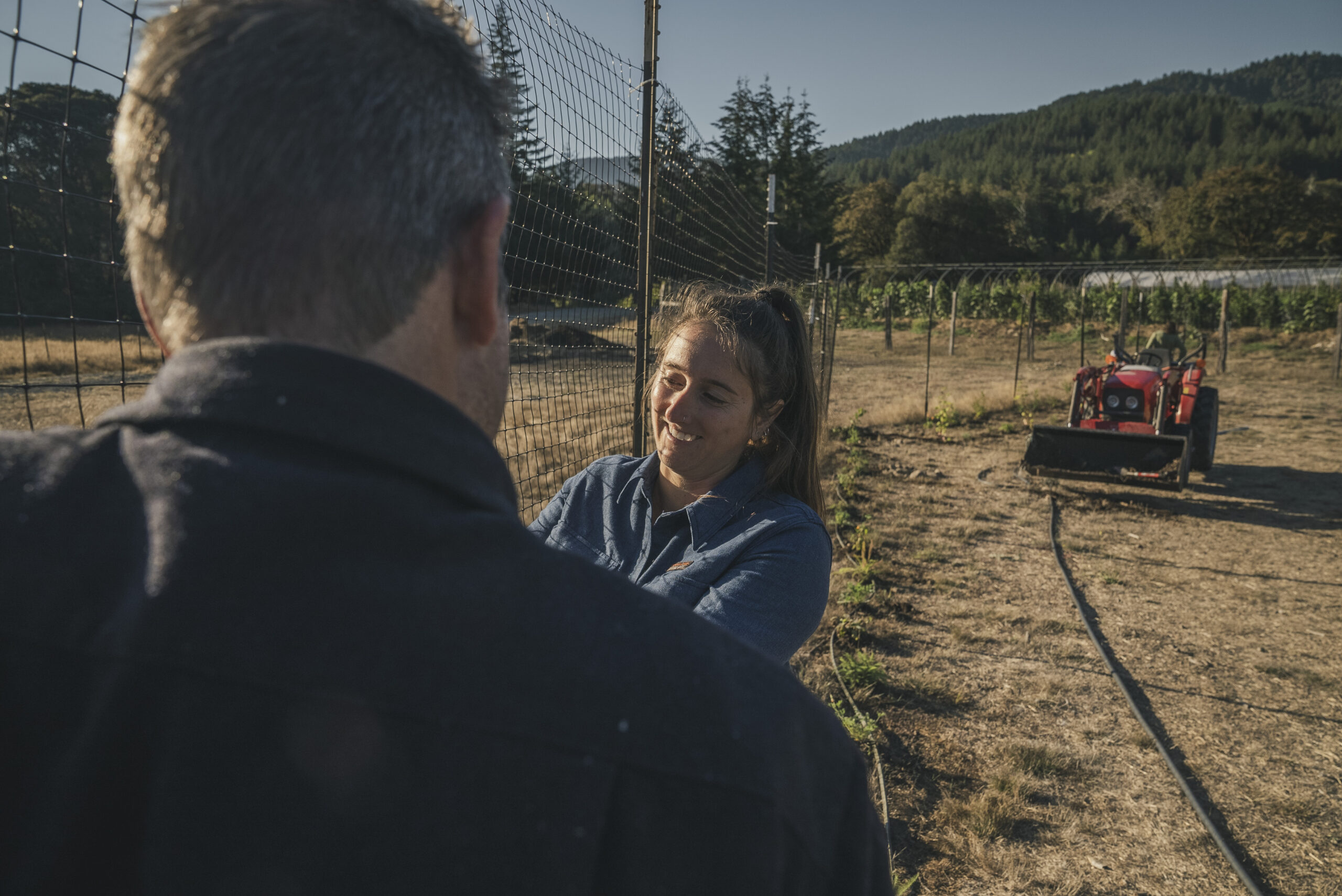
Riccio explained, “We are establishing water storage systems so that cultivators don’t have to pull from water sources during dry periods, many of whom pull from permitted wells.” Humboldt has what’s called a “forbearance period” for water extraction, or a time where water cannot be pulled.
So, if you have a surface water diversion, you cannot pull water from April through October now, which is meant to protect water resources and water quality during the dry season.
Farmers can still pull from their wells, but the county is working to convert cultivators to 100% water storage. CFC assists farmers with the help of grants awarded through the California Department of Fish and Wildlife.
Habitat Restoration
The biggest global threat to wildlife is habitat loss driven by agricultural expansion.
In rural California, historic degradation has included deforested and graded flats for cultivation and the development of rural roads. Decades later, cannabis communities are still addressing the impacts of this.
Riccio noted, “When you destabilize soil and remove all the vegetation, you then have erosion control issues, and all that loose sediment washes into watersheds and contributes to water quality issues.” She added that poorly engineered rural roads are the leading cause of sediment production in impacted watersheds.
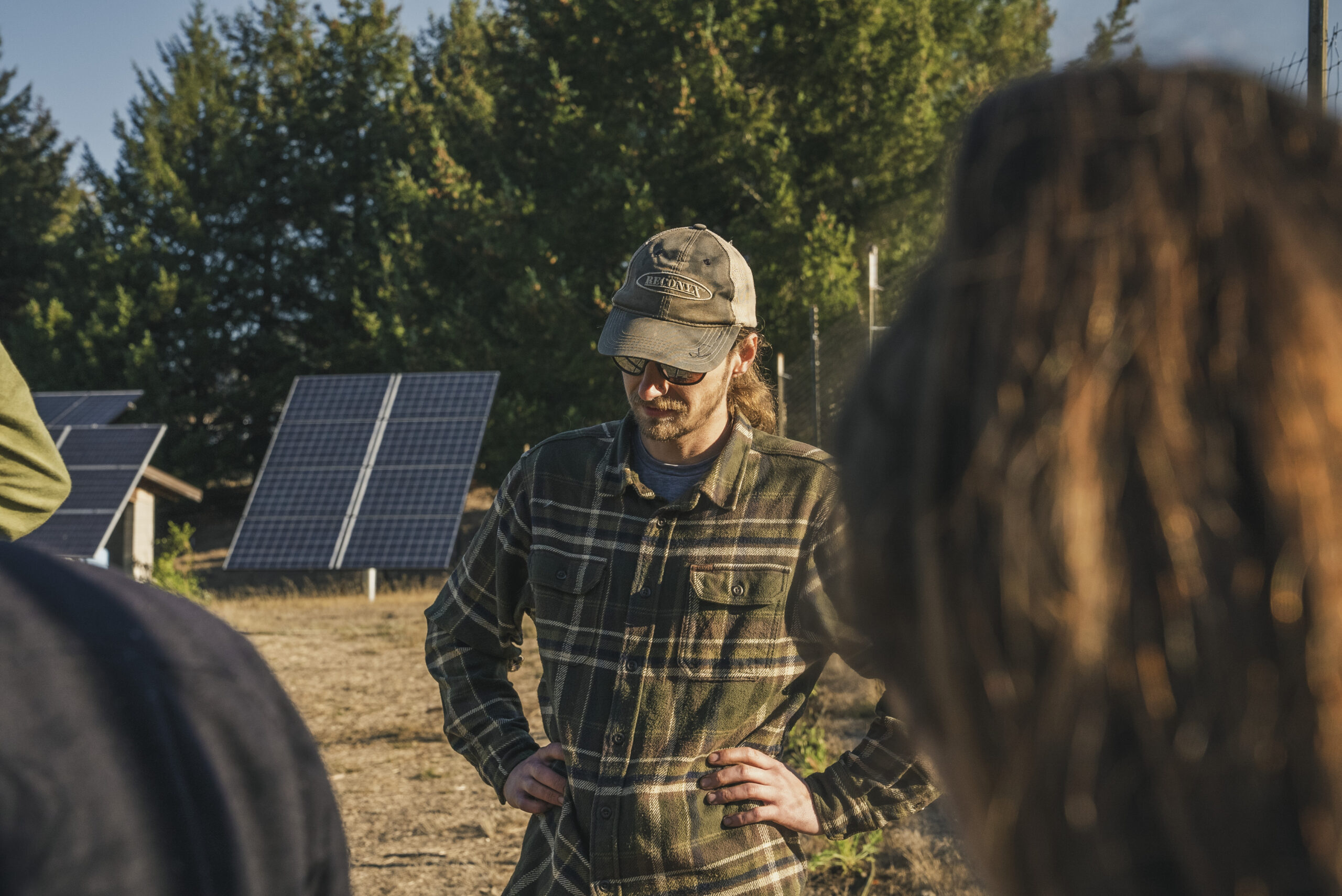
Any time agriculture, whether cannabis or food crops, removes native habitat for farming, it’s inherently impactful to wildlife.
To help farmers improve and enhance their farms for native wildlife, CFC offers a Wildlife Conscious Certification in collaboration with Dr. Matt Johnson at Cal Poly Humboldt. While the certification does not indicate farms are necessarily “wildlife friendly,” it signals farms are “wildlife conscious,” and working to transition their farms to functional agroecosystems that encourage native species to return, particularly pollinators, birds, and small mammals.
The practices included in the certification are well-documented in scientific literature and have been successful in increasing biodiversity and wildlife abundance in other agricultural industries. Through the certification, those practices are now being applied to cannabis.
While licensed farms can benefit from local wildlife, unlicensed growers go to extreme lengths to keep animals out. Toxic farming practices can be disastrous for animal populations.
Greta Wengert, executive director of the Integral Ecology Research Center, published a study in September 2021, exploring the link between “trespass cannabis cultivation” and its impact on endangered animals.
Her research found a “high degree of overlap between these grow sites and the habitats of threatened and endangered species.” Specifically, the Northern spotted owl, the Humboldt marten, and the Pacific fisher prefer habitats similar to what illicit cannabis growers look for in secret grow sites.
These predators eat rodents, the same rodents that like to gnaw on cannabis stems and devour seedlings. To keep rodent populations down on unlicensed grow sites, farmers may use rodenticides. By poisoning rodents, these farms are often unwittingly poisoning sensitive populations of predatory animals.
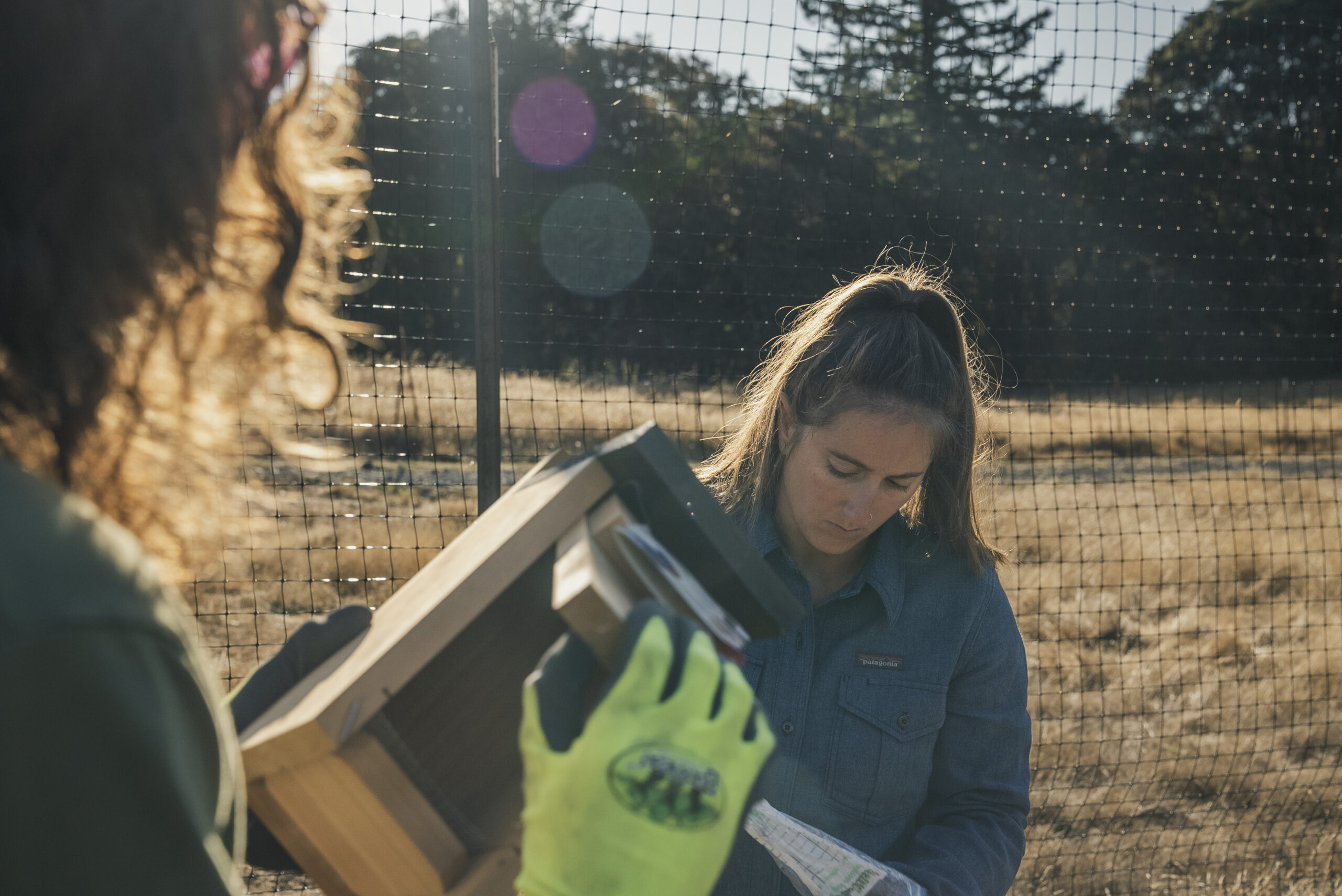
A 2013 report by researcher Dr. Mourad Gabriel found that 85% of Pacific fisher carcasses recovered during the study tested positive for rodenticide. More recently, the U.S. Fish and Wildlife Service published several studies analyzing unlicensed cannabis farms, reporting that thousands of these farms operate in forests throughout California and southern Oregon.
Conservation Tech
The U.S. Forest Service recently joined forces with chemical and biochemical analysis company 908 Devices to create innovative software used in tandem with the MX908.
The device is a handheld mass spectrometry tool designed for chemical and biomolecular analysis. Its new downloadable target pack enables users to identify toxic pesticides in soil.
John Kenneweg, vice president of government at 908 Devices, believes field testing for these chemicals is crucial to preserving wildland ecosystems.
“The information provides [U.S. Forest Service] officers and supporting personnel with actionable intelligence almost instantaneously, enabling them to begin immediate remediation versus collecting samples, trekking out of the wilderness, sending the sample to the lab, and then waiting for days or weeks to understand what kinds of toxic chemicals they’re dealing with,” Kenneweg shared in a statement.
Creating Opportunities for Change
Ignorance is bliss, but knowledge is power. While it’s disheartening to acknowledge the ecological impact of agriculture, education empowers farmers, conservationists, and citizens to create more sustainable models for agriculture.
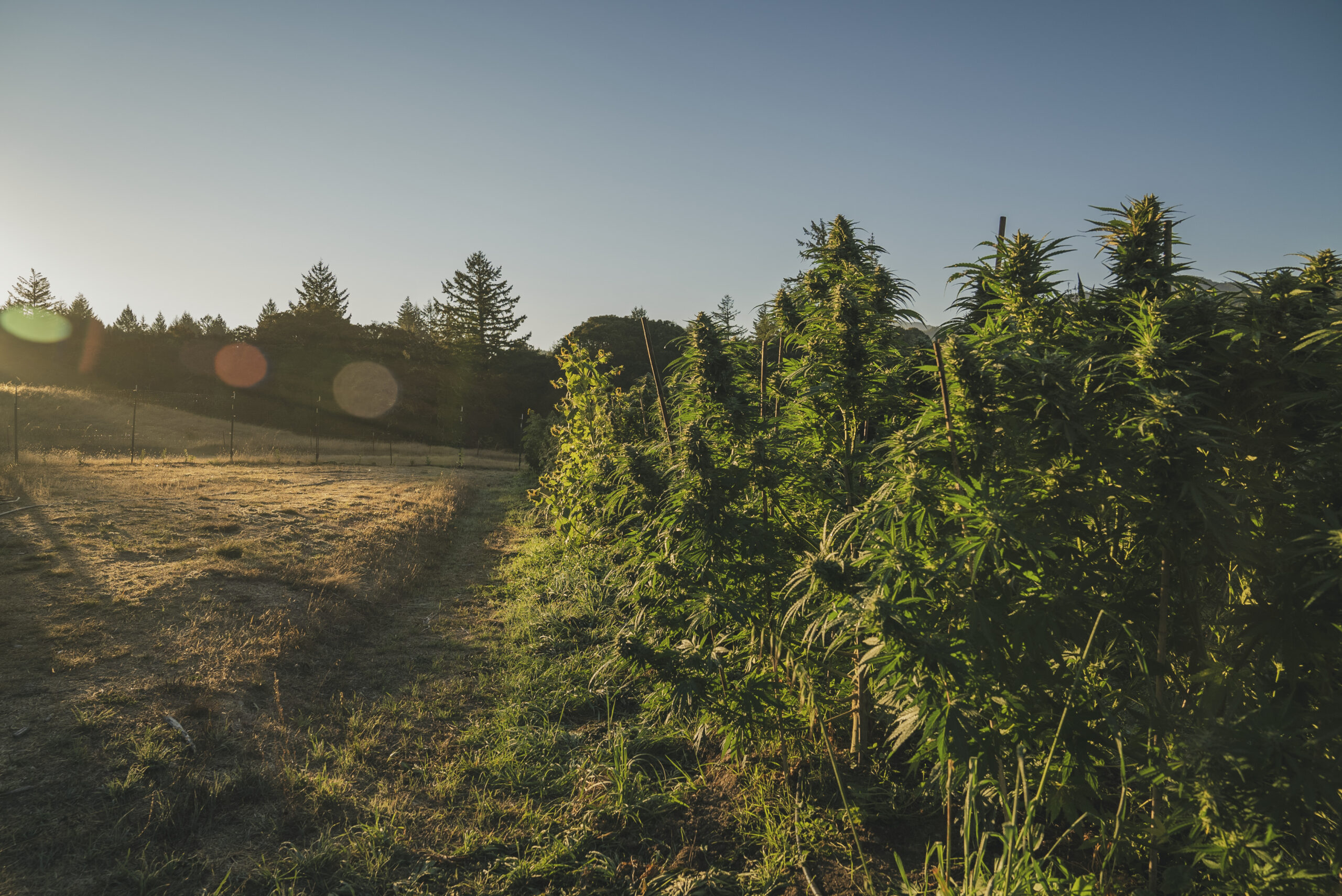
Riccio concluded, “There is such an opportunity with the cannabis industry to set the standard for an environmental ethic. It’s not often that we see a nascent agricultural industry coming into play, and we are seeing that with cannabis now. So, instead of it becoming big AG and following the food crop model, I think we have a good opportunity to change that paradigm. And I think that’s everybody’s responsibility, whether you’re here, or in Washington, or Oregon, or on the East Coast. We all need to make sure that’s a priority in our industry. We don’t have agriculture without healthy ecosystems. Everyone needs to remember that.”
This article first appeared in Volume 5 Issue 1 of Cannabis & Tech Today. Read the full issue here. Images courtesy Jackie Riccio, Maddy Hedgerow, Cannabis for Conservation.
[ad_2]
Source link